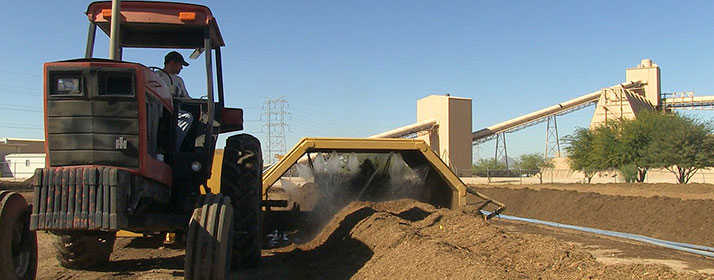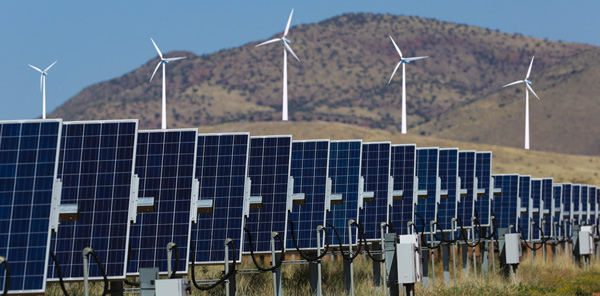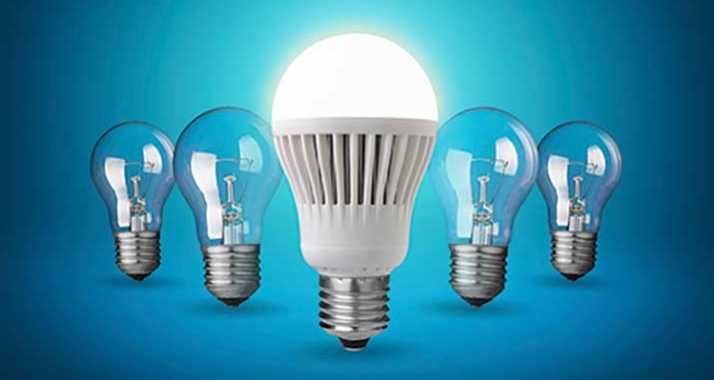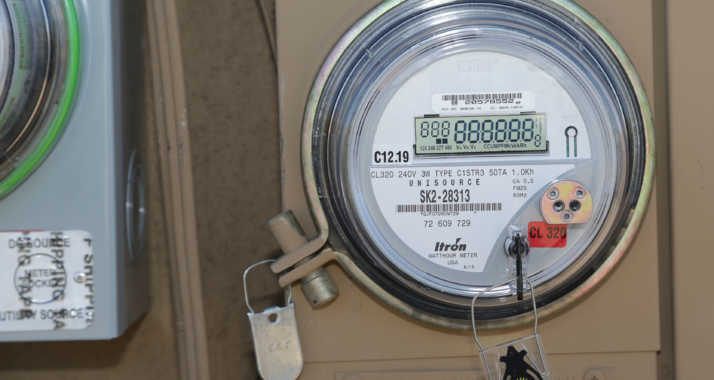
Tucson Electric Power is moving forward with plans for two large, innovative energy storage systems that will strengthen service reliability and support the expansion of solar and other renewable technologies.
TEP has entered into long-term agreements with E.ON Climate & Renewables and NextEra Energy Resources for the construction of two 10-megawatt (MW) energy storage systems. The systems will help maintain the required balance between energy demand and supply while satisfying other energy management requirements. The Arizona Corporation Commission approved TEP’s plans for both systems in May, and construction for both projects is expected to begin later this year.
“We hope that innovative systems like these will help us achieve our long-term renewable energy goals without compromising the reliability or affordability of our service,” said David G. Hutchens, TEP’s President and Chief Executive Officer. TEP is working to deliver at least 30 percent of its power from renewable resources by 2030, doubling the state’s 2025 goal.
In June 2015, TEP issued a request for proposals to purchase energy capacity from a single 10-MW energy storage system. With bids submitted by more than 20 qualified vendors, TEP was able to select two competitively-priced proposals.
“Because our project partners were motivated to demonstrate the capabilities of their respective technologies, they submitted favorable bids that will allow us to build both projects for less than our original estimated cost to build a single 10 MW system,” said Carmine Tilghman, a TEP Senior Director who oversees the company’s renewable energy programs. “These systems will help us build a more resilient grid at a reduced cost to consumers.”
Both projects will be developed under 10-year contracts with performance agreements to protect customers and the company from financial risks associated with investing in new technologies. The projects include:
- A 10-MW lithium nickel-manganese-cobalt facility at a TEP substation near Interstate 10 and West Grant Road. The system will be built by NextEra Energy Resources, based in Juno Beach, Fla., and is expected to be in operation late this year.
- A 10-MW lithium titanate oxide storage facility and accompanying 2-MW solar array located at the University of Arizona Science and Technology Park southeast of Tucson. The facility will be built by Chicago-based E.ON Climate & Renewables and is expected to be completed in the first quarter of 2017.
Energy storage systems can boost power output levels more quickly than conventional generating resources. If the voltage frequency of the regional electric grid suddenly dropped, power producers like TEP would be required to quickly ramp up output to boost frequency and maintain reliability.
The systems also can help prevent power outages during periods of high energy demand by supporting stable voltage on TEP’s energy delivery system. In the event of an outage, the systems could provide about 5 MW of power for up to an hour. Use of these energy storage systems will help TEP avoid using more expensive generating resources for system disturbances. They also will allow the company to defer costly investments in other system infrastructure.
In the future, energy storage systems could be used to help ensure the quality and reliability of electric service during the continued expansion of renewable resources. TEP will continue investing in large solar arrays and other community scale renewable resources that add cost-effective capacity to its renewable energy portfolio. TEP anticipates an additional 800 MW of new renewable capacity by the end of 2030, boosting its total renewable energy portfolio to approximately 1,200 MW.






